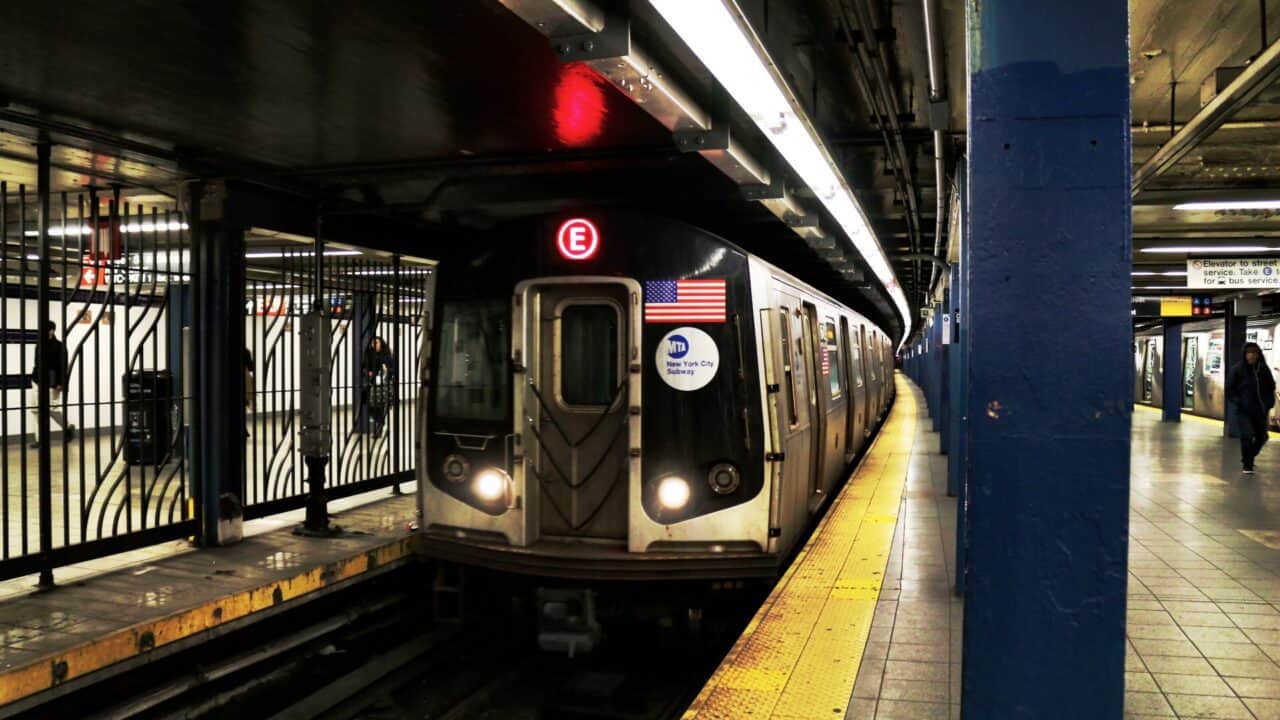
In recent years, the New York Metro Authority (MTA) has wasted nearly $400 million annually due to mismanagement and wasteful labor deals and is proposing one of the highest ridership fares in the country to recover this loss, even though many alternative cost reduction plans exist.
The New York Post found that if the Long Island Railroad (LIRR) matched their labor costs and efficiencies in line with other commuter railroad systems, the MTA could save $200 million annually. The Post also found that alternative fare-collection systems could save an additional $73 million annually, and another $109 million could be saved annually by opting for lighter, European-style trains with slight modifications to meet regulatory requirements. In total, the MTA has $385 million worth of savings options available, but has yet to implement these strategies, and is instead asking for a $1.6 billion bailout from New York Governor Hochul.
Many inefficient and wasteful labor and management practices have been documented in the MTA. Unlike most other government agencies, MTA workers can use government devices for personal use. There are also hundreds of conductors and assistants employed that were deemed unnecessary by pre-pandemic ridership levels, costing an extra $130 million annually. Half of the money the MTA plans to collect through fares will be spent on wages and benefits for the workers who collect those fares. Lastly, union deals and the overtime system at the MTA have created rampant fraud where dozens of employees have recorded thousands of hours of work where work was not being done.
The MTA would be a major beneficiary of the congestion pricing scheme that the state legislature approved a few years ago. In short, congestion pricing is a tax on commuters, who most often are going to work and supporting the economy.
Congestion pricing would take that money and give a chunk of it to the MTA (an authority that already has taxes it imposes and reaps a windfall from). That part of the scheme would let the MTA get paid even when people stop using the system due to bad service – removing any accountability to its customers.
Congress is considering legislation to address New York City’s congestion pricing scheme. Known as the Anti-Congestion Tax Act, this legislation would prohibit the U.S. Department of Transportation from investing in MTA projects until drivers in the New York City area receive exemptions from congestion pricing. The legislation would also offer an end-of-the-year tax credit to drivers equal to the amount they paid in congestion pricing fees. Representative Mike Lawler (NY-17) said:
“Today, I’m proud to stand with Congressman Gottheimer as we reintroduce this bipartisan piece of legislation to prevent the MTA from taking any more money out of the pockets of commuters who have no choice but to travel by car. Billions of dollars of waste, fraud and abuse exist at the MTA. Where did that money go? Until they get their house in order and stop this cash grab, they shouldn’t get another dime in capital grant money.”
There are seven different tolling scenarios being considered, ranging between $9 to $23 during peak hours, and $5 to $12 at night. Representative Gottheimer (NJ-05) said:
“New York City and the MTA are playing Russian roulette with their economy and are willing to stick it to all of those hard-working commuters from Jersey, the outer boroughs, and the New York City suburbs, like my friend Congressman Lawler represents, with their absurd $23 a day Congestion Tax plan,” Gottheimer said.
In Congress, Rep. Gottheimer is pressing for a more thorough environmental impact statement to better understand the effects of implementing a congestion tax. The MTA has only been required to complete an abbreviated environmental impact study, which is far shorter than the standard.
In another response, New York City Councilmen Joe Borelli and David Carr called for a statewide referendum on the tax, saying:
“Elected officials and dozens of organizations, including those representing taxi and livery drivers and trade and civic associations, as well as thousands of private citizens, have voiced their strong opposition to the Central Business District tolling plan.”
A statewide vote following state legislation would at least provide an option to nix the congestion tax scheme entirely. Whereas efforts to involve the federal government can only go so far, and having federal taxpayers subsidize New York City metro area drivers won’t prevent the MTA from getting their windfall and wasting even more taxpayer dollars.

